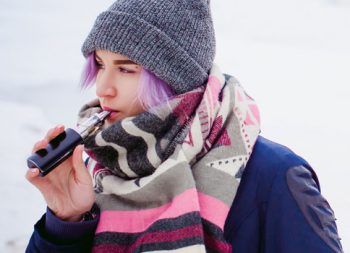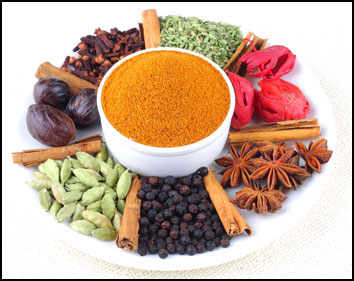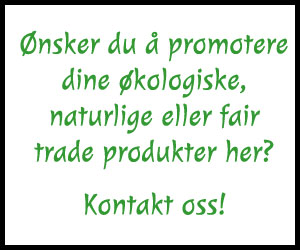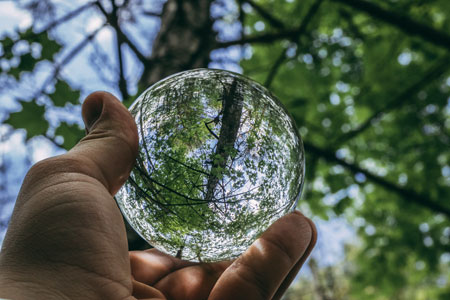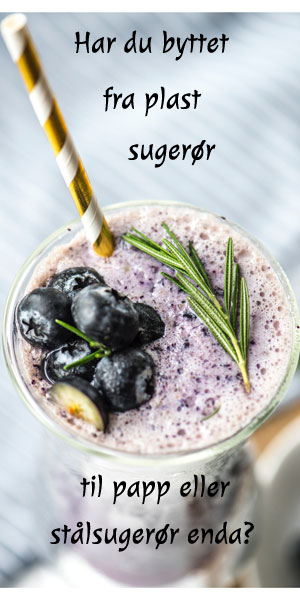Eco friendly, non-toxic cosmetics – Is there a difference?
If there’s one thing these is abundance of in the internet, it has to be cosmetics ads. No matter which makeup/cosmetic word you type in Google search, you first get a lot of sponsored asd, followed by many organic results. My search on Google today for organic makeup (in Norwegain «økologisk sminke») showed approximately 157 000 results.
But what’s actually the thing about organic, environmentally friendly, non-toxic, cruelty free, plasticfree makeup? Is there any difference between this makeup and other types of makeup, or are people just being hysteric? Vi have had a closer look at ingredients in cosmetics, checked with the experts, and here are the results.
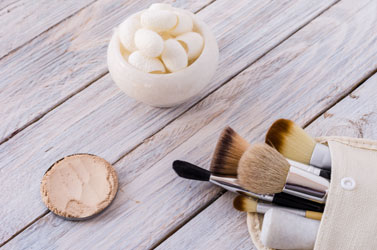
Costemtics and beauty products can be dated way to to ancient times. Different kinds of lip coloring, eyemakeup and perfumes can be trances back to ancient Egypt, but there is a big difference between costemtics then, and the cosmetics we buy in the shops today.
Beauty products have changed from being homemade and produces of natural raw materials, ‘til the chemical and synthetic ingredients that we see today. From being uniqe products made for personal consumption, cosmetics is now turned into an industry worth US$445 billions, according to Forbes. This attracts all kinds of people and companies who wants a share of the cake, both the honest and sincere once, and the less ethically concerned once.
Even though we know far too little about the potential damaging effects of modern cosmetics, there are research showing how danegrous some of these ingredients are. A research from Science Journal of Public Health warns about side-effects like cancer, reproductive and developmental disorders, hair loss, lung damage, skin disease, damage of nails and allergies, just to mention a few.
Despite the fact that each single product may stay within the legal amounts of potential harmful ingredients, Forbrukerrådet is concerned about the «cocktail-effect». By using many different products like makeup, lotions and haircare products, the total amount of harmful substances we consume, amounts to too high. They futher give a special warning on the effects of these products on young children.
Cosmetics ingredients you should avoid
So what are these harmful ingredients and how can we avoid them? To mention some, there is parabens, heavy metals, siloksan, microplastic, fluorcarbon/PFAS, but the list is so much longer. Let us have a closer look at some of the most common ingredients.
Parabens are chemical preservatives. The discussion of the harmful effect of parabens has been going on for quite some time, among those are breastcancer from the use of deodorants containing parabens, or other afflictions like hormonal disturbances and allergies. Some common parabens used in cosmetics are methylparaben, ethylparaben, propylparaben and butylparaben.
Fluorocarbons/PFAS is a group of environmental polutants, mainly consisting of fluorine and carbon. Often used in cosmetics for water and dirt repellent properties. Fluorocarbons are harmful to the atmosphere.
To stay clear of fluorocarbons in your cosmetics, Fremtiden i Våre Hender recommends to check for, and avoid, the following ingredients:
- PTFE
- Polytef
- …perfluoro…
- …polyfluoro…
Siloxane is a group of substances. Bellona explains that chains of the elements silicon and oxygen, form the basis of its molecular structure.
“Siloxane is hardly degradable in nature. Instead, they accumulate in the food chain and become more and more concentrated the further up the chain we go. When the plankton in a lake receives siloxanes, the crustacean eats the plankton, and fishes eat the crustacean before larger fish eat the smaller fish.
And who knows, maybe you and I eat the big fish?”
Svanemerket
From the 1st of February 2020 a European ban will take effect which will prohibit lager amounts than 0,1% of the siloxane type D4 and D5 in all haircare products.
Fremtiden i Våre Hender recommends stearing clear of the following ingredients to avoid siloxane in your cosmetics:
- Cyclomethicone, D4, Cyclotetrasiloxane
- Tetracyclomethicone, Oktametylsyklotetrasiloksan, D5, Cyclopentasiloxane
- Pentacyclomethicone, Dekametylsyklopentasiloksan, D6, Cyclohexasiloxane
Microplastics are small plastic particles of less than 5mm. It often comes from cosmetics, toothpastes, soaps and clothes, and is then rinsed out in nature and the ocean. Plastic is, as we known, a substance that does not easily degradable in nature and poses a major environmental threat. When microplastic flows into the sea, it ends up in the food chain, both for fish and humans. Hold Norge Rent explains that microplastic binds to pollutants, which makes these particles even morehazardous to our health.
Fremtiden i Våre Hender advices to look out for the following ingredients to stay clear of microplastics in your cosmetics:
- Nylon (PA)
- Polyethylene (PE)
- Polypropylene (PP)
- Polyethylene terephthalate (PET)
As well as avoiding the mentioned ingredients, you can also look for Svanemerket which is the official Nordic environmental label. They require high standards from their manufacturers especially related to ingredients being safe from chemicals and environmental hazards. This gives you, as a consumer, a security in realtion to what you can expect from the content and production of the products you buy.
For other ingredients you should avoid in your cosmetics, you can see Svanemerket’s list of ingredients they do not allow in their labeled products.
Conclusion
The products mentioned above are only some of the many toxins we are subjected to on a daily basis. Both scientists and organisations are warning against the use of these, both because of the health- and environmental hazards they cause. If you would like a healthier lifestyle, it is a good place to start by avioding the products we are being warned against here. By choosing natural, organic and non-toxin labeled products which are produced in an ethical and environmentally friendly manner, you choose a healthier life for both yourself and the environment.






